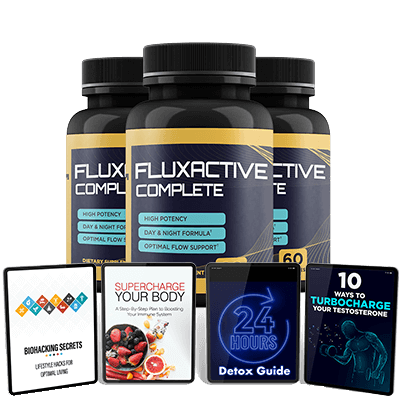The ketogenic diet (keto diet) is a high-fat, low-carb diet that has been shown to have a number of health benefits, including weight loss, improved blood sugar control, and reduced risk of heart disease. If you’re considering trying the keto diet, it’s important to create a meal plan that will help you stay on track and reach your goals.
Table of Contents
This article will provide you with a complete review of the ultimate keto meal plan. We’ll cover everything you need to know, from what foods to eat to how many calories you should consume. We’ll also provide you with some sample meal plans to get you started.
What is the keto diet?
The keto diet is a low-carb, high-fat diet that forces your body to burn fat for energy instead of carbohydrates. When you eat a keto diet, your body enters a state of ketosis, where it produces ketones from stored fat. Ketones are a type of fuel that can be used by your brain and other organs.
What foods can I eat on the keto diet?
There are a number of foods that you can eat on the keto diet. These include:
- Meats: Beef, pork, chicken, fish, and lamb
- Eggs
- Healthy fats: Avocados, olive oil, nuts, and seeds
- Low-carb vegetables: leafy greens, broccoli, cauliflower, zucchini, and peppers
- Some fruits: berries, avocados, and tomatoes
How many calories should I eat on the keto diet?
The number of calories you need to eat on the keto diet will vary depending on your individual needs. A good starting point is to aim for 1,600 calories per day for women and 2,000 calories per day for men. You can adjust your calorie intake as needed to achieve your weight loss goals.
Here are some sample meal plans for the keto diet:
- Breakfast: Omelet with avocado and spinach
- Lunch: Salad with grilled chicken or fish
- Dinner: Salmon with roasted broccoli and cauliflower
- Snacks: Nuts, seeds, berries, or avocado
How to stay on track with the keto diet
The keto diet can be a great way to lose weight and improve your health. However, it can also be challenging to stick to, especially in the beginning. Here are a few tips to help you stay on track:
- Plan your meals ahead of time. This will help you avoid making unhealthy choices when you’re hungry.
- Stock your kitchen with keto-friendly foods. This will make it easier to prepare meals at home.
- Don’t be afraid to experiment with new recipes. There are a lot of great keto recipes available online.
- Find a support group or community. Having others to talk to who are also on the keto diet can be helpful.
FAQs (Frequently Asked Questions)
1. What are the benefits of the keto diet? The keto diet offers numerous benefits, including weight loss, improved blood sugar control, increased energy levels, and reduced risk of heart disease.
2. How do I get started on the keto diet? To get started on the keto diet, you should educate yourself about the principles of the diet, create a meal plan, and gradually reduce your carbohydrate intake while increasing your healthy fat consumption.
3. What are some common keto mistakes to avoid? Some common mistakes to avoid on the keto diet include not consuming enough healthy fats, neglecting to track your macronutrient intake, and not staying properly hydrated.
4. How do I track my progress on the keto diet? You can track your progress on the keto diet by monitoring your weight, body measurements, energy levels, and overall well-being. Additionally, you can use tools like food diaries or mobile apps to track your macronutrient intake.
5. Where can I find more information about the keto diet? For more information about the keto diet, you can consult reputable websites, books, and scientific journals dedicated to the subject. It’s always beneficial to seek guidance from healthcare professionals or registered dietitians who specialize in the ketogenic diet.

